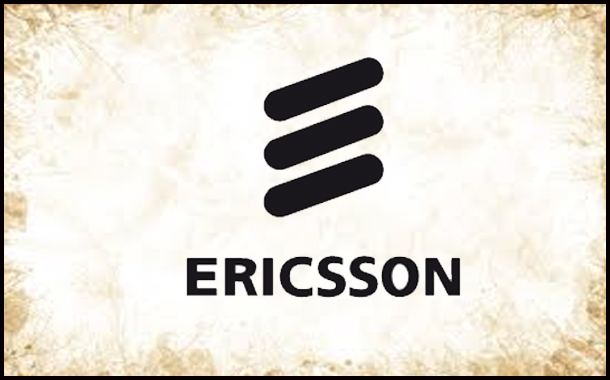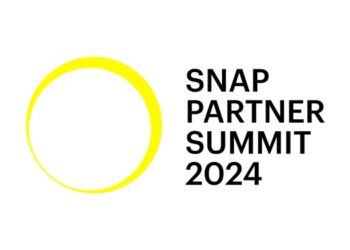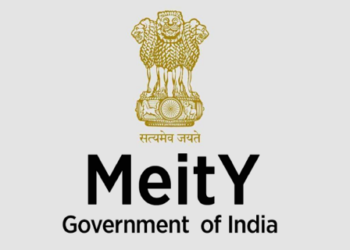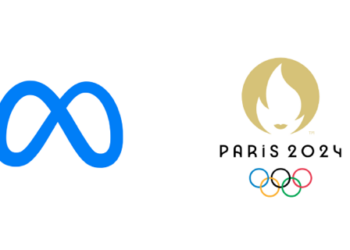Mumbai: Ericsson (NASDAQ:ERIC) is expanding its end-to-end 5G Platform by adding new hardware and software products to the Ericsson Radio System portfolio, further enhancing the agility and speed with which Indian operators can rollout their 5G networks.Ericsson is also strengthening its end-to-end mobile transport solutions by building on its radio expertise and adding best-in-class transport technologies from Juniper Networks and ECI.
RAN Compute – architecture for greater flexibility
Ericsson is launching the RAN Compute portfolio, which responds to service provider’s need for greater flexibility in the deployment of Radio Access Network (RAN) software and hardware functions. RAN Compute is an architecture that allows service providers to flexibly distribute RAN functions – such as beam forming and radio control – where needed to fine-tune use case performance while also lowering total cost of ownership.
The RAN Compute portfolio includes all the current base bands in addition to four new RAN Compute products that provide up to three times the capacity of current base bands. Two new RAN Compute Base bands enable service providers to deploy RAN functions centrally, or at the radio site, while two new RAN Compute Radio Processors enable RAN functions to be placed closer to the radio for enhanced mobile broadband, ultra-low latency applications while reducing site footprint.

Nitin Bansal, Head of Network Solutions for the Market Area South east Asia, Oceania and India says, “5G enables low latency, ultrahigh speeds and high reliability – making it one of the most important infrastructures for industry digitalization and realizing Digital India.The hardware and software that we are launching today offers Indian service providers with an expanded and adaptable 5G platform, making it easier for them to deploy 5G.”
As per the Ericsson Mobility Report, June 2018 edition, by end of 2023, global data traffic is projected to grow at a rate of 40 percent per year with more than 20 percent of mobile data traffic worldwide expected to be carried by 5G networks. This is 1.5 times more than the total 4G/3G/2G traffic today.Mobile networks must cope with this surging traffic to provide a better user experience. Video forms more than 50% of the data volume in most networks today, placing pressure on networks when it comes to the customer experience. The global mobile data traffic trends are also being reflected in India as well.
“The reason why 5G is gaining momentum globally and in India is that operators will be able to manage their networks efficiently through a combination of 4G and 5G. Ericsson, with its portfolio of 5G ready Network solutions, is the partner of choice to help operators in India for their seamless migration from 4G to 5G.”states Nitin Bansal.
Smoother network migration with Ericsson Spectrum Sharing
The company is also launching its newEricsson Spectrum Sharing software, expanding the versatility of Ericsson Radio System for 5G deployments. This gives service providers a greater opportunity to turn on 5G and speed up network coverage.
Ericsson Spectrum Sharing enables a smooth and fast network migration through simultaneous and dynamic support of 4G and 5G within the same spectrum band using the Ericsson Radio System, once operators are ready to make the transition. The new functionality can be implemented through a remote software installation on Ericsson Radio System radios shipped since 2015.
This capability will allow service providers to deliver nationwide 5G coverage with a much more flexible spectrum migration strategy – removing the need for dedicating fixed spectrum assets to 5G and negatively impacting 4G performance. Ericsson’s Spectrum Sharing solution will enable Thai operators to deliver a superior end-user experience in the most cost-efficient way.
Raising capacity in urban areas with Street Macro and integrated transport
Ericsson also announced today new transport solutions adapted to create an integrated and complete Street Macro solution for millimeter wave 5G deployment. This is required to manage data traffic in areas where there is highest demand – cities.
All solutions will become commercially available in thesecond half of 2019
End to end transport solutions for 5G
With its focus on transport between radio and core functions, Ericsson delivers transport portfolios specifically for back haul and front haul. Ubiquitous transport solutions for both 4G and 5G are gaining strong momentum with service providers and Ericsson’s flagship mobile back haul product – Router 6000 – empowers close to 60 operators. More than 110 operators also use Ericsson’s 5G-ready microwave technology, MINI-LINK solutions.
To bolster its end-to-end 5G transport portfolio, Ericsson is now extending its partnership with Juniper Networks. Ericsson’s Router 6000 product family will be complemented by Juniper’s edge and core solutions, providing seamless connectivity from radio cell site to core, thereby guarantying the performance, quality and ease-of-use of the 5G system.
Juniper’s security products will also be part of Ericsson’s solution to secure its customers’ mobile networks as part of its end-to-end approach for securing existing and new 5G networks.
Ericsson is also complementing its optical transport offering for metro with a new partnership with ECI, a global provider of elastic network solutions. With ECI as partner, Ericsson will be able to deliver newly-enhanced optical transport solutions for service providers, as well as critical infrastructure customers.
“Essentially, we can provide Indian operators with an end to end range of solutions for their mobile networks – enabling them to rollout 5G faster and deliver a superior 5G experience for consumers in India.” says Nitin Bansal
















